Who doesn’t love Italian food? For some, it awakens fond memories of their Italian-born Nonna’s kitchen where the aroma of a bubbling sauce seemed ever-present. Others adore that satisfied feeling after feasting on a big hunk of saucy, meaty, cheesy lasagna. Or maybe you live for the endless varieties of pizza. Italian food is simple, healthy, affordable, and above all, tasty! And what could be a better souvenir than to bring home some authentic cooking techniques? That’s exactly what I did by attending a cooking class in Italy.
What does food tell you about a place?
For most of my life, I adamantly claimed to NOT enjoy cooking and I wasn’t particularly good at it. While raising my three picky-eater children, I dutifully prepared family meals regularly, although my favorite thing to make was a reservation! Once my kids flew the nest, I started stretching my own wings in the kitchen. I had a few successes, started enjoying it, and began learning how different ingredients and spices were used in various cuisines.
Suddenly, each time I traveled to a new place, I paid attention to what ingredients were used to create its regional dishes. The use of certain ingredients and methods of cooking tell stories about the history, geography, and lifestyle of a place. Exploring cuisine opens a cultural window and lets me compare what is similar and what is different to my tiny corner of the globe.
Now, every time I return from a trip, I host a themed dinner party where I try to recreate “authentic” flavors of my recent destination. We talk about the people I met and how they live, what the landscape looks like and what grows there. In this way, I get to bring a piece of that place home with me to share with my friends and family.
My Cooking Class in Italy
Recently, I enjoyed my first destination cooking class at Alla Madonna del Piatto Cooking School in Umbria, Italy. Our host, Letizia, welcomed our group of seven into her restored farmhouse that sits high in the Umbrian Mountains, overlooking medieval Assisi, rolling hills, and olive groves. Before the pandemic, she and her husband also offered Bed & Breakfast accommodations at their home; however, that is on hold for now.
After we gaped at the view from her broad stone patio, Letizia offered us a glass of wine and told us to help ourselves when we wanted more. She explained that Italian foods are simple, using just a few fresh, quality ingredients. Traditional recipes don’t use much meat because historically, it was a rare delicacy. Meals were most often made with seasonal fruits and vegetables that were available locally. And of course, pasta has been an inexpensive Italian staple for centuries.
The Menu
Letizia had planned our menu and shopped for fresh ingredients that morning. Today’s menu would be:
Insalata (salad) – Panzanella, a salad of bread, fresh tomato, and cucumber, drizzled in olive oil
Primi Piatte (first course, often pasta) – a handmade stringozzi pasta with zucchini and ricotta
Secondi Piatti (second course, meat or fish) – a warm blend of Umbrian sausage and grapes
Dolce (dessert) – a chilled panna cotta with fresh fig topping
Let the Cooking Class begin!
Time to get down to business and start cooking! First, Letizia showed us how to bring the pasta dough together in a food processor and gave us tips on measurements. While the dough rested for a moment, we each got jobs to do – cutting up tomatoes, cucumbers, and grapes; softening and tearing very hard bread slices for the Panzanella; heating milk and orange peel for the panna cotta; and slow-cooking fat little Umbrian sausages in a skillet.
After we finished the chopping and prep work, Letizia showed us how she kneads the dough without overworking it. We each gave it a try while she attached a small hand-cranked pasta machine to the edge of her grandmother’s kitchen table. We took turns cutting just the right-sized chunks of dough off the kneaded ball (“Cut, don’t tear.”) and putting it through the roller to flatten it. (“Insert one hand all the way through the bottom to catch, feed the dough oval into the top, and turn the crank quickly.”) Fold the flattened dough in half and run it through again, then fold and repeat a third time. By the time the table was covered with flattened rounds, we were all pros.
Just for fun, we all tried our hand at hand-rolling stringozzi noodles, but that is very time-consuming, and I dare say our output was not terribly consistent. So back to the pasta machine to cut the dough rounds into nice uniform noodles that were then spread out to dry.
Meanwhile, the panna cotta was poured into chilled antique ramekins and put in the fridge to cool. The zucchini went on the stove to sauté in a bit of olive oil, and the tomatoes, cucumber, and bread were dressed with a bit of oil to complete the Panzanella.
Time to Eat!
We lunched al fresco with a superb view, surrounded by the delicate scent of the herbs growing around the patio. The table was set with carafes of wine and water. Letizia and her assistant brought out the Panzanella. I swear I could taste the Umbrian sunshine in the tomatoes.
We returned to the kitchen to put together the primi piatti. Fresh pasta takes only a minute to cook and while that was happening, fresh ricotta went into the sautéed zucchini, quickly followed by the drained pasta. Letizia cooks pasta in a double pot with a strainer so she can lift, drain, and pour the noodles directly into the sauce in one smooth motion. This also reserves the pasta water to add to the sauce, as necessary. Delizioso! Each course was better than the one before.
The sausage and grapes were an unusual combination to me, but warm and wonderful. We learned that Umbrian sausage doesn’t have fennel in it, so it complemented the grapes nicely and the pungent bed of rocket (arugula) added a peppery accent to the dish.
The grand finale dolce was our deliciously creamy panna cotta with sliced green fig topping. Fantastico! It seems that the seven of us had become experts in Italian cooking. OK, we had just a little help from Letizia.
Imagine… creating a healthy and delicious four-course meal with just a few simple ingredients. Letizia’s cooking school taught me much more about Italy than just recipes, though. Over the course of about four hours, we talked about her farmhouse restoration and lifestyle, the seasonal weather of Umbria and what grows when, the ancient history of Assisi, and much more. We ate and drank and learned and laughed. A lot. This experience was as authentic as they come, and I highly recommend Alla Madonna del Piatto cooking class in Italy to take a deep dive into Italian food culture.
Contact a Covington vacation advisor to add a cooking class or other fun experiences to your next trip.

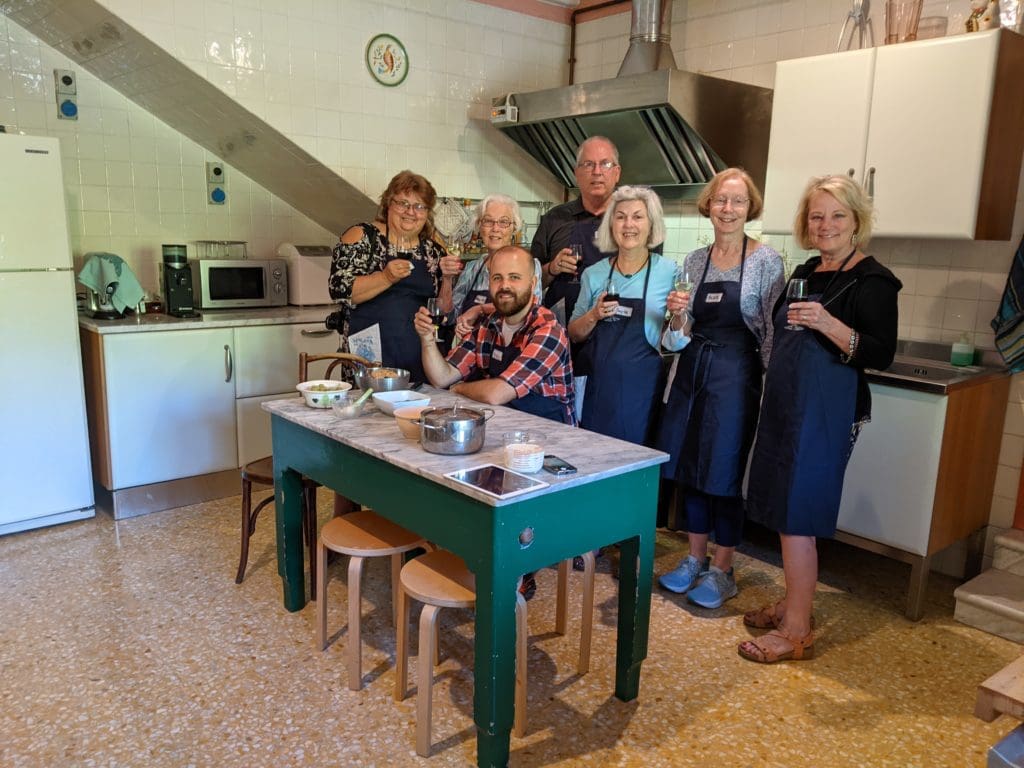

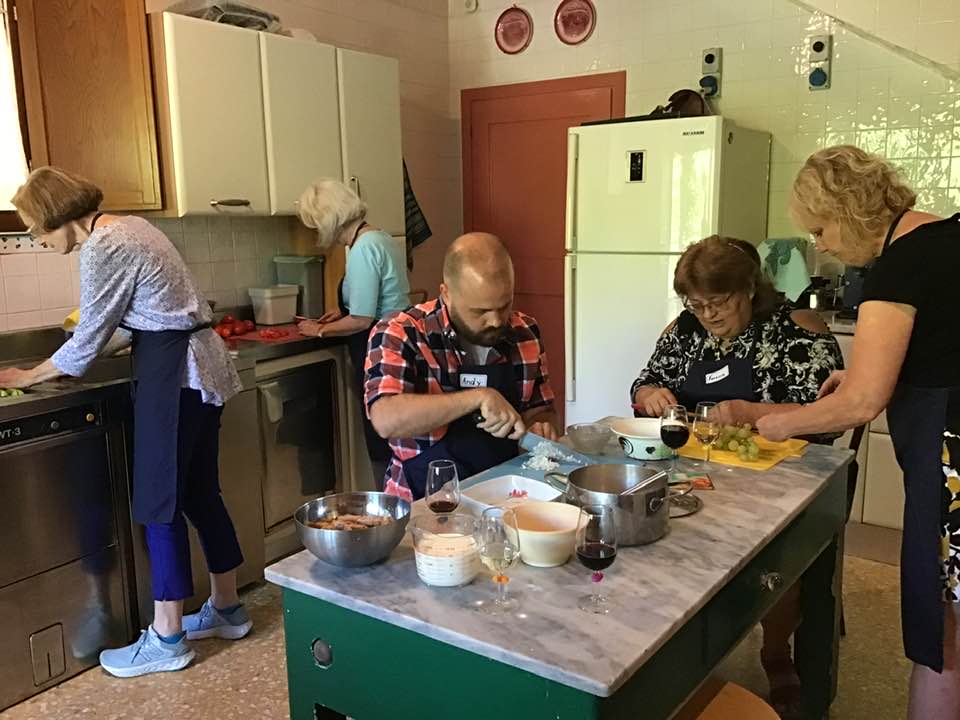
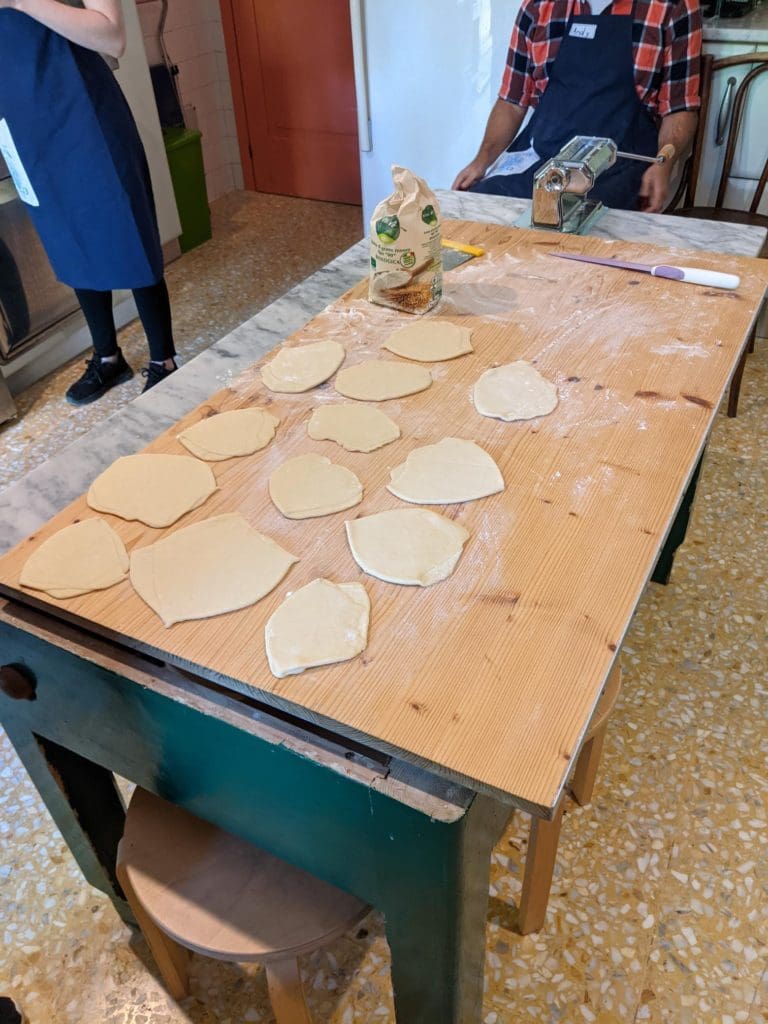
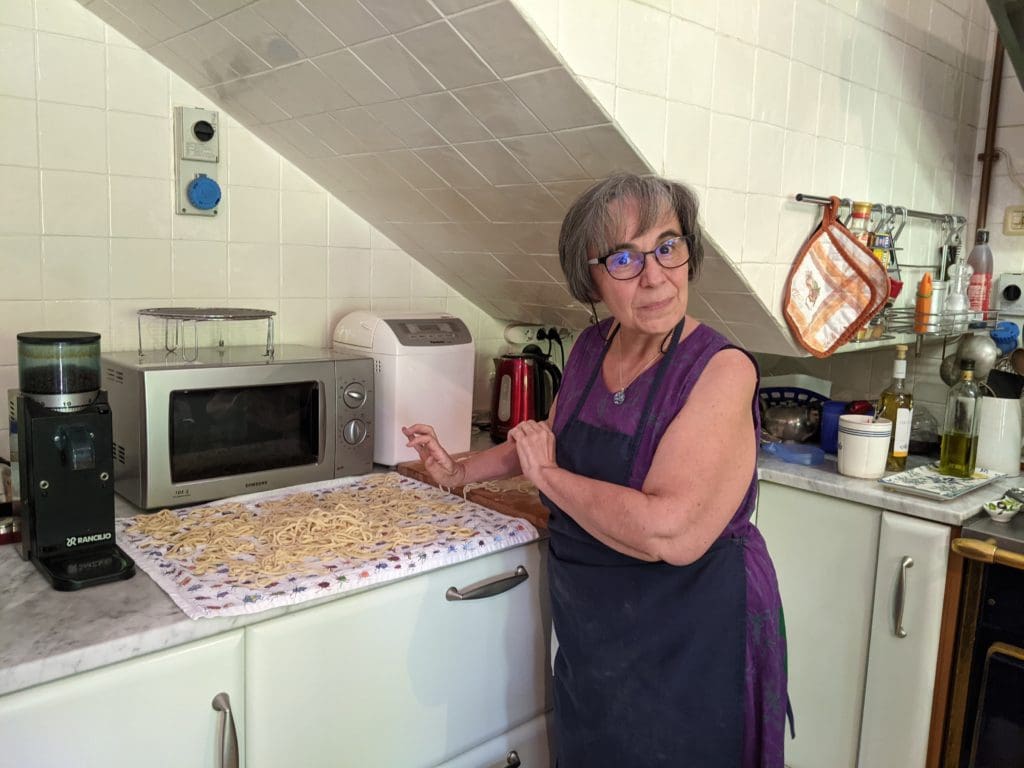
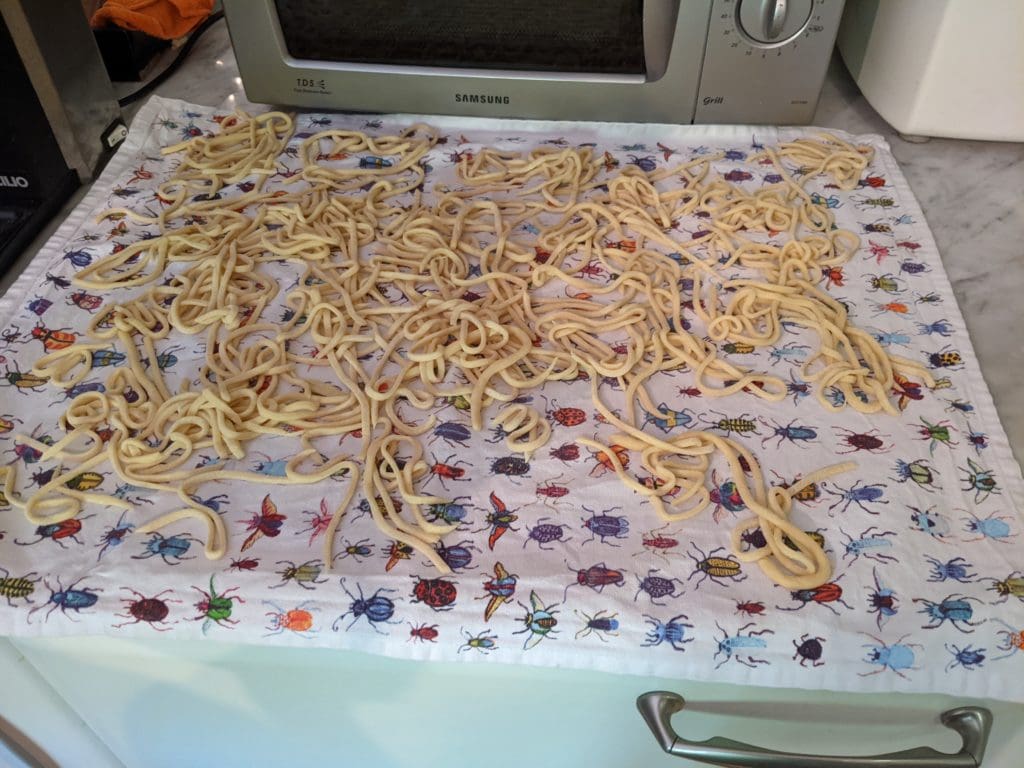
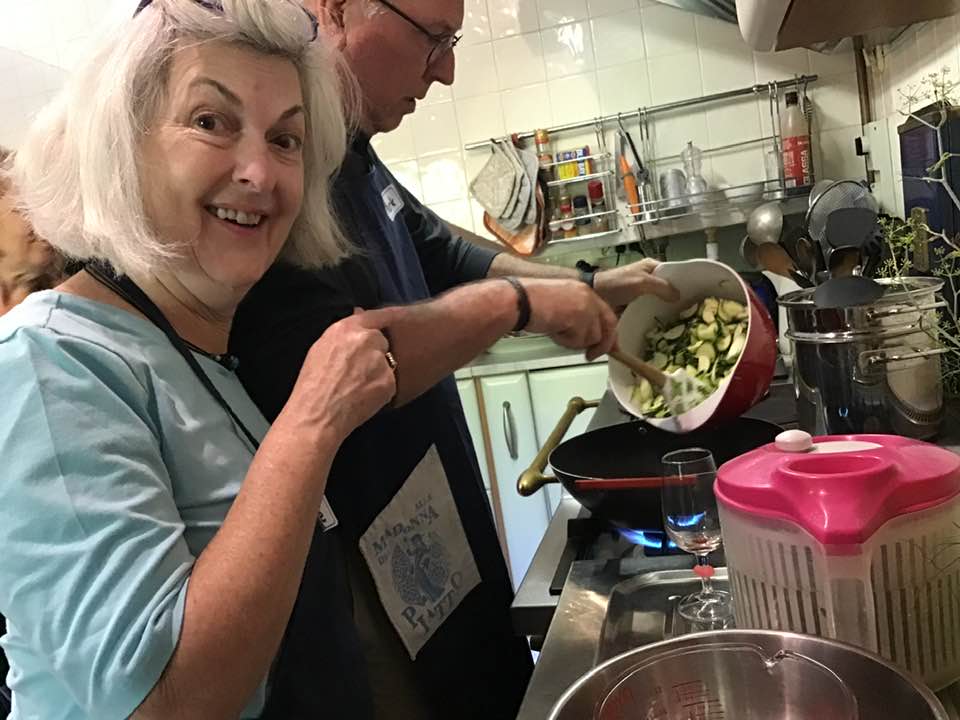
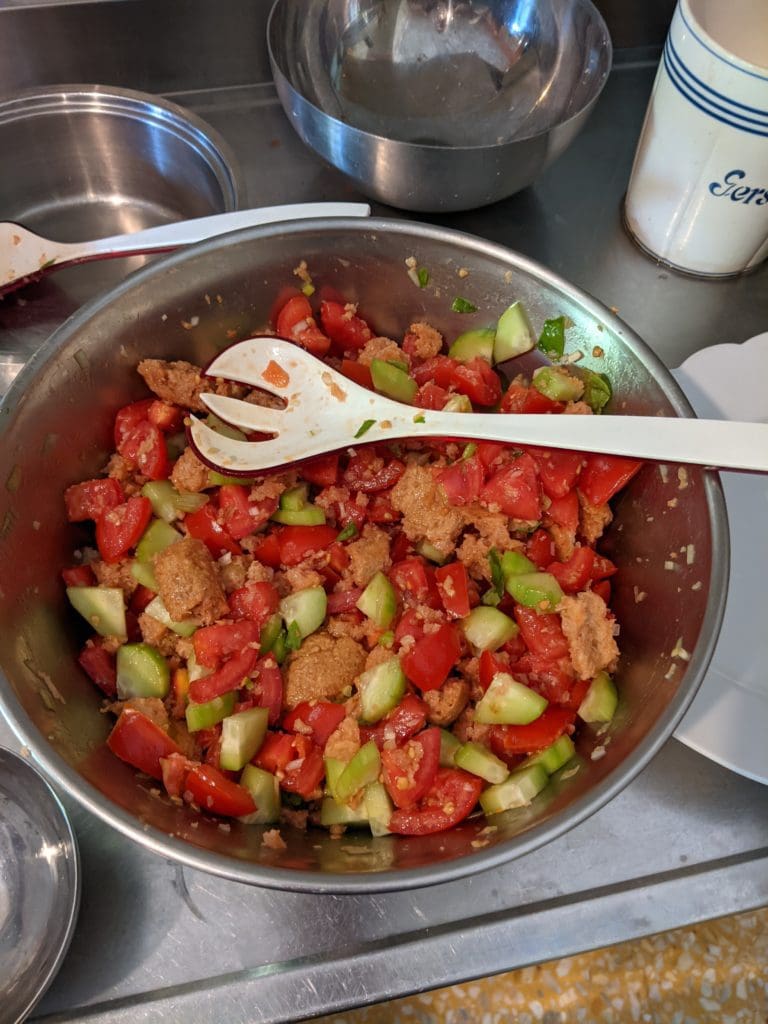
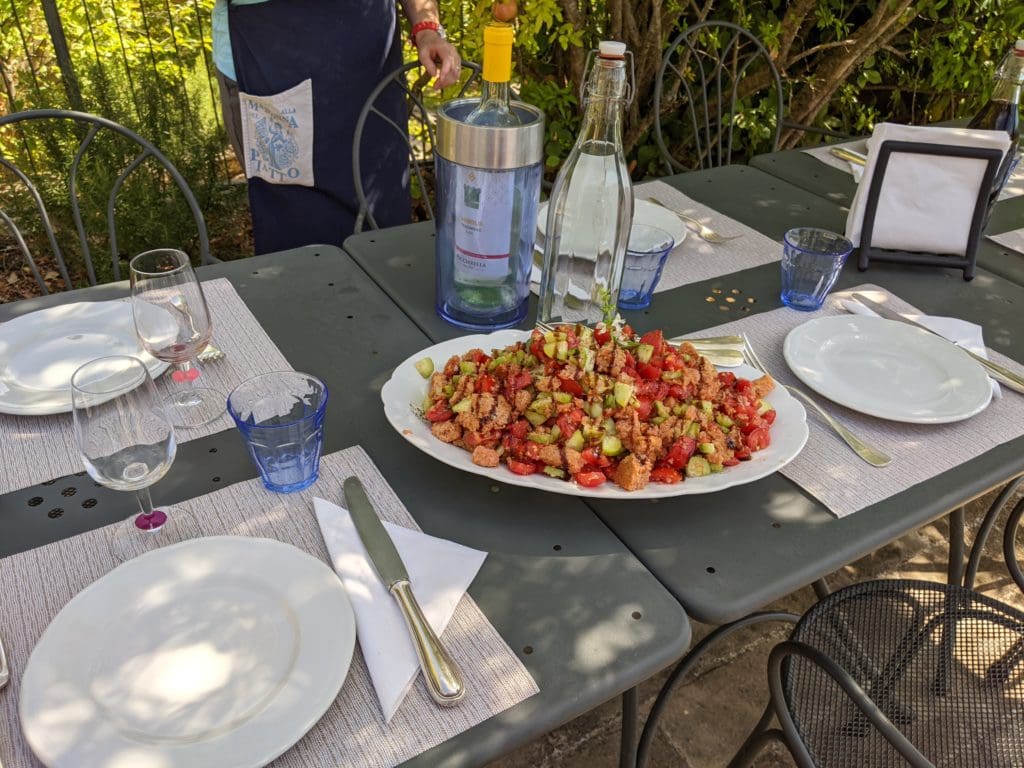
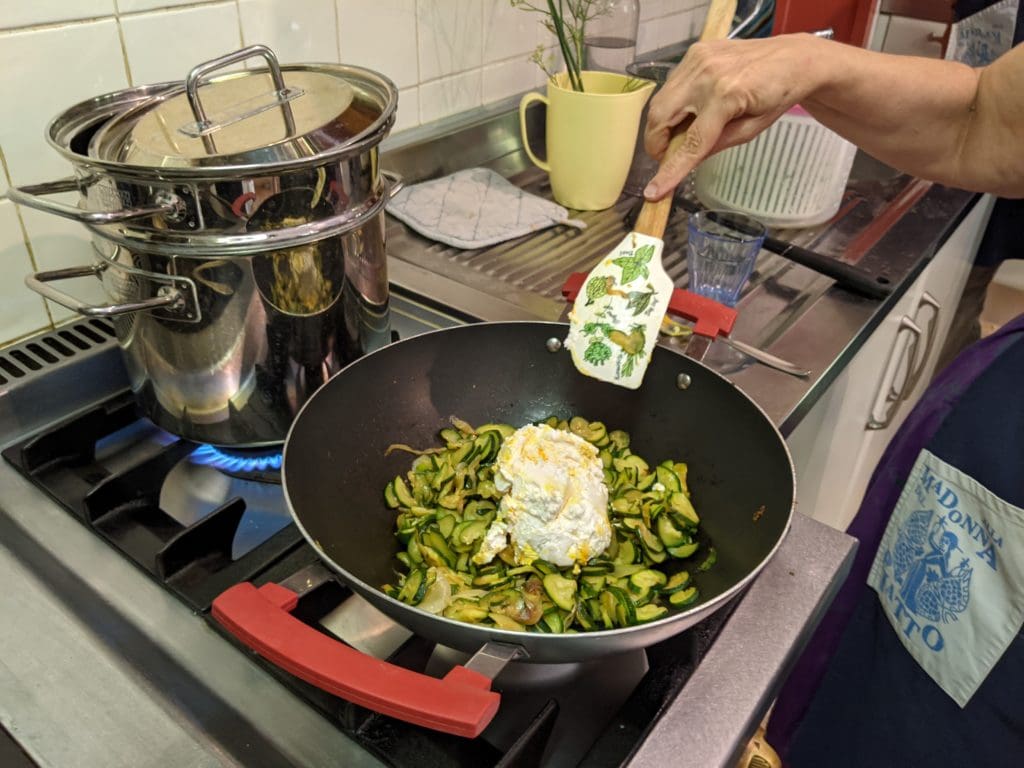
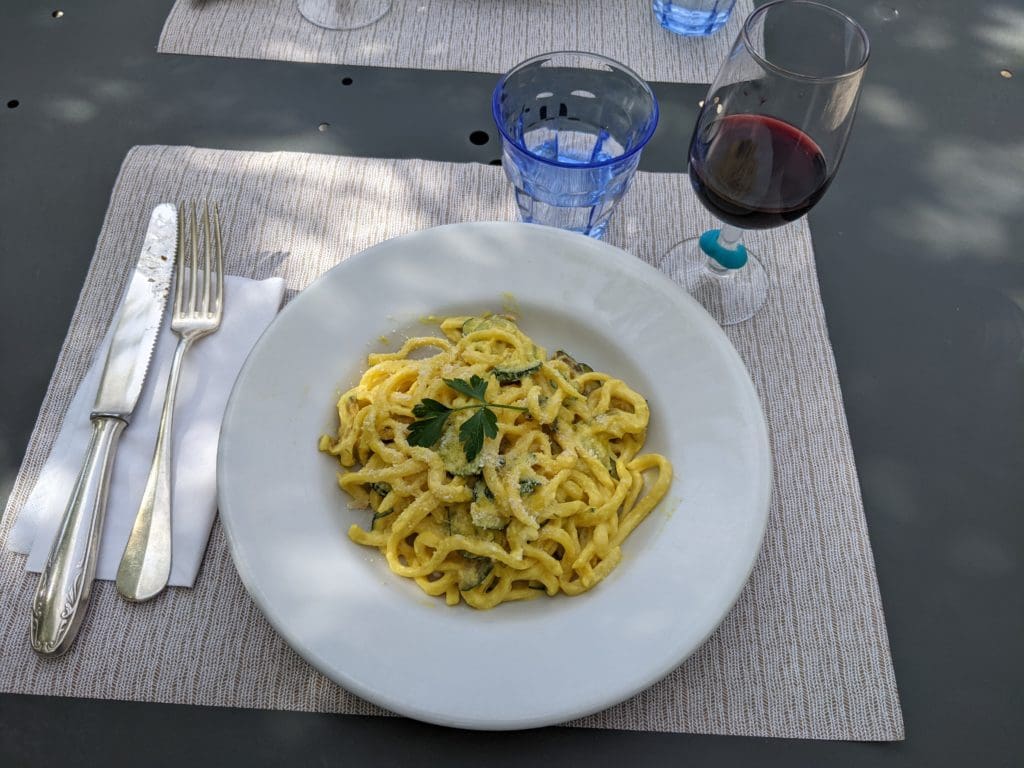
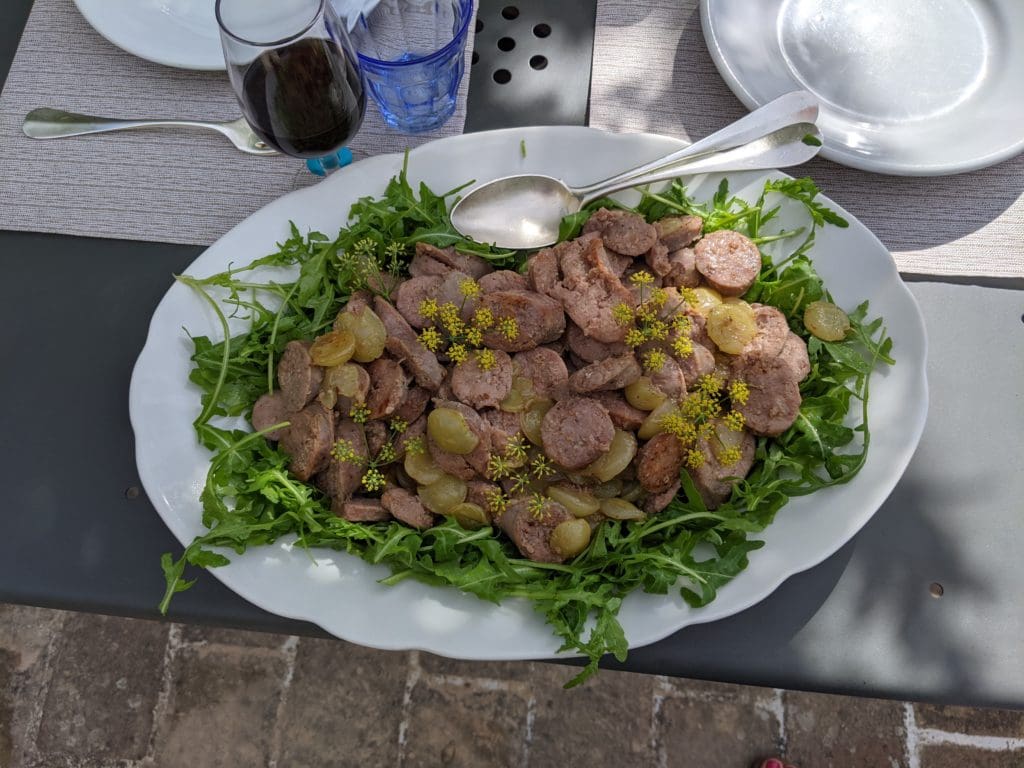
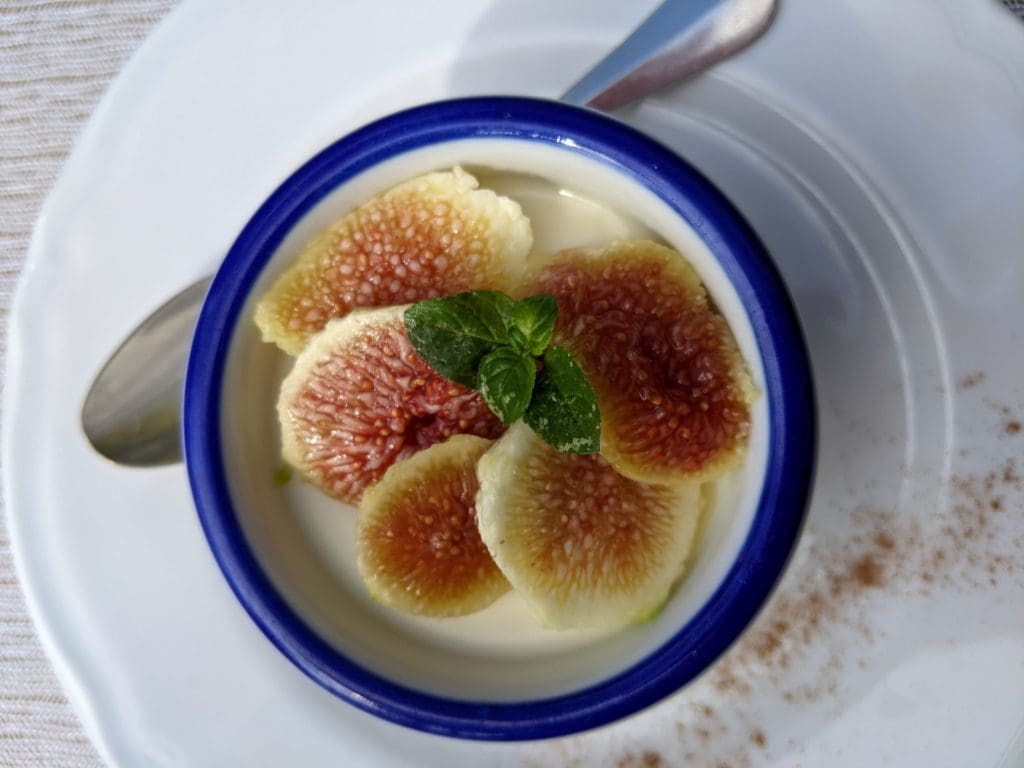





Leave a Reply